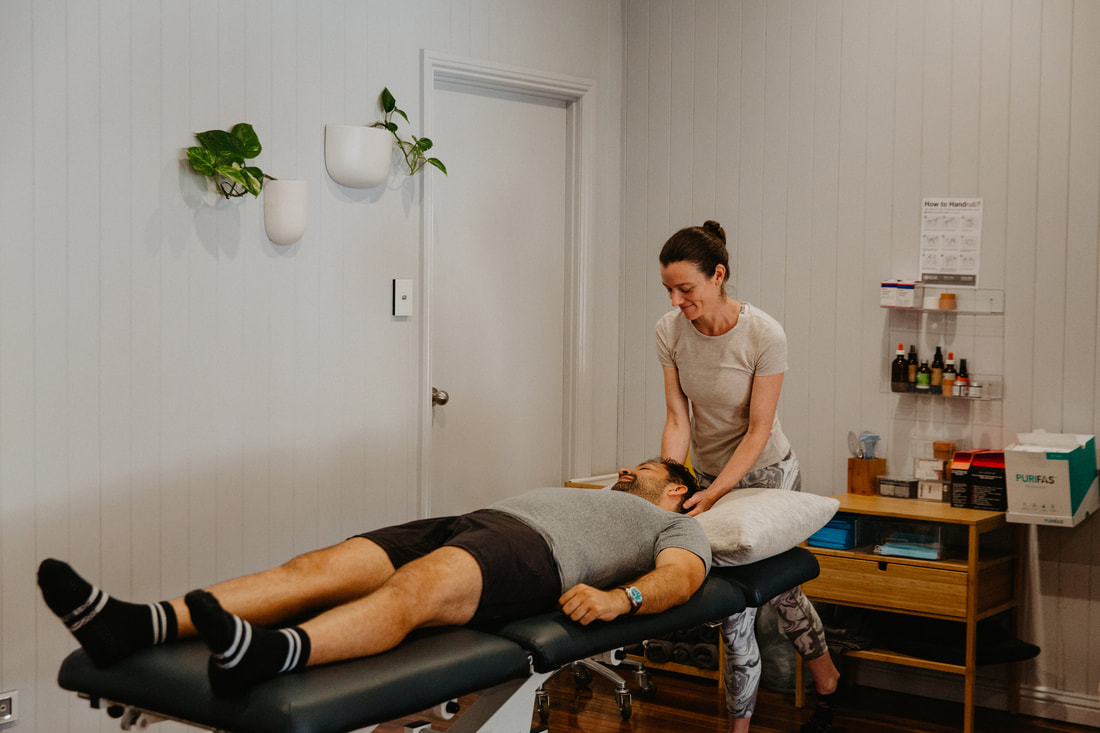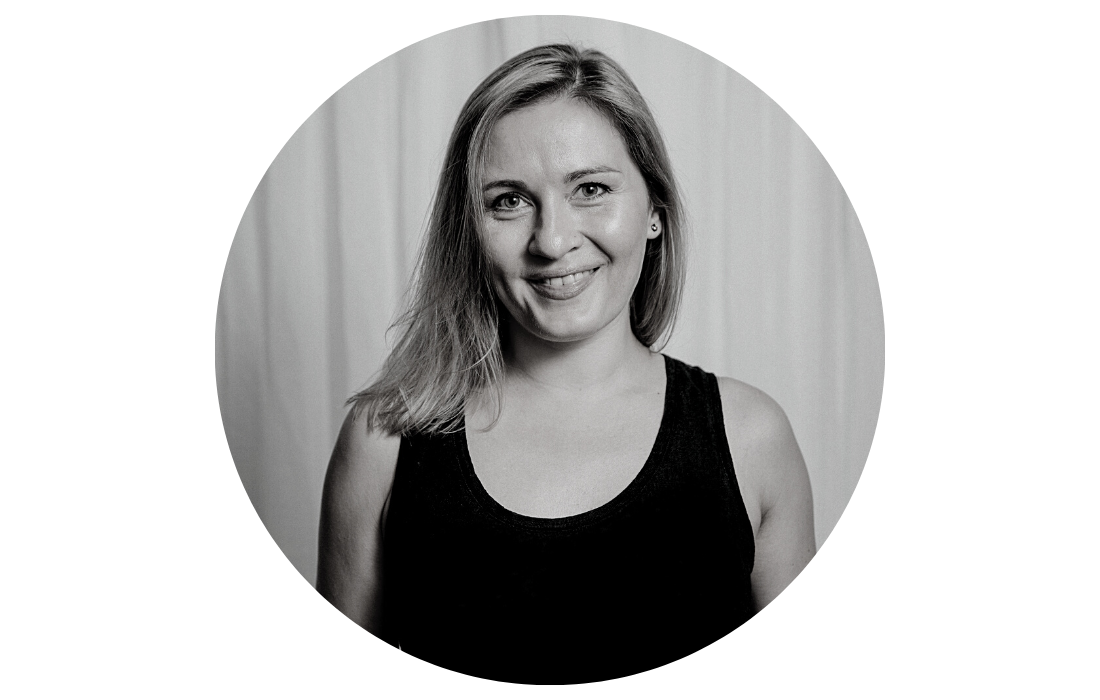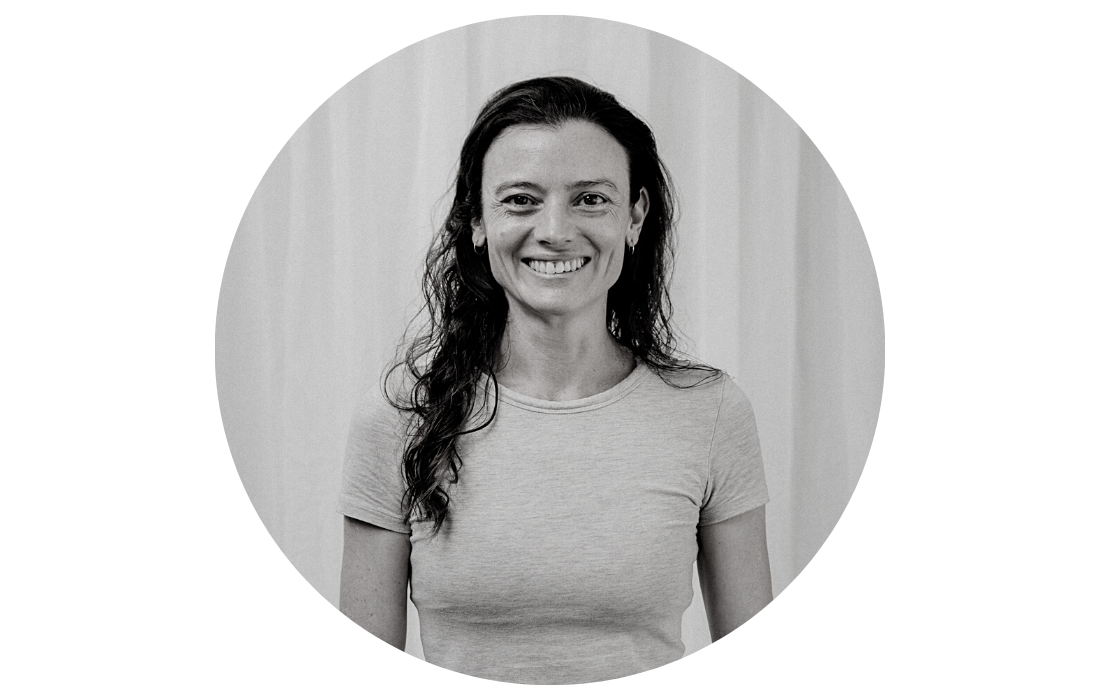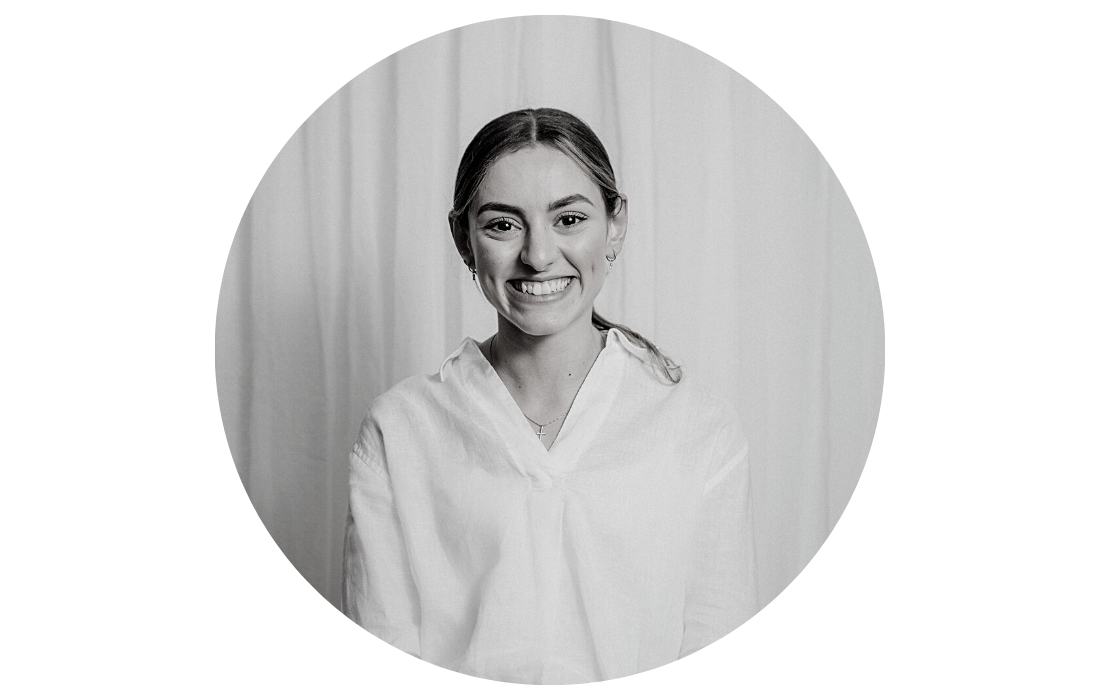Cervical Facet Joint Syndrome Physiotherapy Brisbane southside.
What is Cervical Facet Joint Syndrome?
Cervical facet joint syndrome, also known as cervical facet syndrome or cervical facet arthropathy, is a medical condition that affects the facet joints in the cervical spine, which are the small joints located between the vertebrae in the neck region. These facet joints play a crucial role in providing stability and allowing for the flexibility of the neck.
What causes Cervical Facet Joint Syndrome?
Cervical facet joint syndrome can be caused by various factors, including aging, wear and tear on the joints, trauma, injury, or repetitive stress on the neck. It can also be associated with conditions like arthritis.
What are the symptoms of Cervical Facet Joint Syndrome?
Common symptoms of cervical facet joint syndrome may include neck pain, stiffness, and limited range of motion. Pain may also radiate into the shoulders, upper back, and sometimes into the arms. Some individuals may experience headaches originating from the neck.
How is Cervical Facet Joint Syndrome diagnosed?
Diagnosis typically involves a thorough medical history, physical examination, and imaging studies such as X-rays, MRI, or CT scans. A diagnostic cervical facet joint block, where a local anaesthetic is injected into the facet joint to temporarily relieve pain, can also help confirm the diagnosis.
What are the treatment options for Cervical Facet Joint Syndrome?
Treatment for cervical facet joint syndrome aims to relieve pain and improve function. Common treatment options include:
How can physiotherapy help with Cervical Facet Joint Syndrome?
Physiotherapy can be an essential part of the treatment plan for cervical facet joint syndrome, as it aims to address pain, improve mobility, and strengthen the supporting muscles around the cervical spine. Here are several ways in which physiotherapy can help with cervical facet joint syndrome:
It's important to note that the effectiveness of physiotherapy for cervical facet joint syndrome can vary depending on the severity of the condition and individual factors. Treatment plans should be tailored to the patient's needs and may evolve over time as progress is made.
Always consult with a qualified physiotherapist or healthcare professional to assess your specific condition and create a personalised treatment plan. Physiotherapy should be a part of a comprehensive approach to managing cervical facet joint syndrome, which may also include medications, injections, and other interventions as needed.
If you or a loved one has questions about Cervical Facet Joint Syndrome and how our physiotherapists might be able to help please call us on 07 3706 3407 or email [email protected]. We would love to work with you!
Cervical facet joint syndrome, also known as cervical facet syndrome or cervical facet arthropathy, is a medical condition that affects the facet joints in the cervical spine, which are the small joints located between the vertebrae in the neck region. These facet joints play a crucial role in providing stability and allowing for the flexibility of the neck.
What causes Cervical Facet Joint Syndrome?
Cervical facet joint syndrome can be caused by various factors, including aging, wear and tear on the joints, trauma, injury, or repetitive stress on the neck. It can also be associated with conditions like arthritis.
What are the symptoms of Cervical Facet Joint Syndrome?
Common symptoms of cervical facet joint syndrome may include neck pain, stiffness, and limited range of motion. Pain may also radiate into the shoulders, upper back, and sometimes into the arms. Some individuals may experience headaches originating from the neck.
How is Cervical Facet Joint Syndrome diagnosed?
Diagnosis typically involves a thorough medical history, physical examination, and imaging studies such as X-rays, MRI, or CT scans. A diagnostic cervical facet joint block, where a local anaesthetic is injected into the facet joint to temporarily relieve pain, can also help confirm the diagnosis.
What are the treatment options for Cervical Facet Joint Syndrome?
Treatment for cervical facet joint syndrome aims to relieve pain and improve function. Common treatment options include:
- Physical Therapy: Physical therapy exercises and stretches can help improve neck mobility and strengthen supporting muscles.
- Medications: Over-the-counter pain relievers, muscle relaxants, and anti-inflammatory drugs may be prescribed to manage pain and inflammation.
- Facet Joint Injections: Steroid injections into the facet joints can provide temporary relief from pain and inflammation.
- Radiofrequency Ablation: This procedure uses heat generated by radiofrequency waves to disrupt the nerves responsible for transmitting pain signals from the facet joints.
- Surgery: In severe cases where conservative treatments are ineffective, surgical options such as cervical fusion or facet joint denervation may be considered.
How can physiotherapy help with Cervical Facet Joint Syndrome?
Physiotherapy can be an essential part of the treatment plan for cervical facet joint syndrome, as it aims to address pain, improve mobility, and strengthen the supporting muscles around the cervical spine. Here are several ways in which physiotherapy can help with cervical facet joint syndrome:
- Pain Management: Physiotherapists can use various techniques to help manage pain, such as manual therapy, gentle joint mobilisations, and soft tissue massage. These techniques can help reduce muscle spasms and alleviate discomfort.
- Range of Motion Exercises: Physiotherapists will design exercises and stretches to improve the range of motion in the neck. Gentle, controlled movements can help increase flexibility and reduce stiffness in the cervical spine.
- Posture Correction: Poor posture can contribute to cervical facet joint syndrome. Physiotherapists can educate patients on proper posture and provide exercises to strengthen the muscles that support good posture.
- Strengthening Exercises: Weak neck and upper back muscles can contribute to pain and instability. Physiotherapy includes specific exercises to strengthen these muscles, which can provide better support to the cervical spine.
- Core Strengthening: A strong core helps with overall stability, including the neck and upper back. Physiotherapists may incorporate core strengthening exercises into the treatment plan.
- Ergonomic Education: Physiotherapists can offer guidance on ergonomics, helping patients set up their workstations and daily activities to reduce strain on the neck. This can be especially important for individuals with desk jobs or other sedentary occupations.
- Modalities: In some cases, physiotherapists may use modalities like heat, ice, ultrasound, or electrical stimulation to relieve pain and reduce inflammation in the affected area.
- Patient Education: Physiotherapists educate patients about their condition, teaching them how to manage symptoms, prevent exacerbations, and perform exercises correctly at home.
- Manual Therapy: Hands-on techniques, such as joint mobilisations and manipulations, can be used by physiotherapists to improve joint function and reduce pain.
- Functional Rehabilitation: Physiotherapists can work with patients to develop a customised rehabilitation plan that focuses on their specific functional goals, whether it's returning to work, sports, or daily activities.
It's important to note that the effectiveness of physiotherapy for cervical facet joint syndrome can vary depending on the severity of the condition and individual factors. Treatment plans should be tailored to the patient's needs and may evolve over time as progress is made.
Always consult with a qualified physiotherapist or healthcare professional to assess your specific condition and create a personalised treatment plan. Physiotherapy should be a part of a comprehensive approach to managing cervical facet joint syndrome, which may also include medications, injections, and other interventions as needed.
If you or a loved one has questions about Cervical Facet Joint Syndrome and how our physiotherapists might be able to help please call us on 07 3706 3407 or email [email protected]. We would love to work with you!
Who to book in with:
Yulia Khasyanova
|
Emma Cameron
|
Monica Hanna
|



